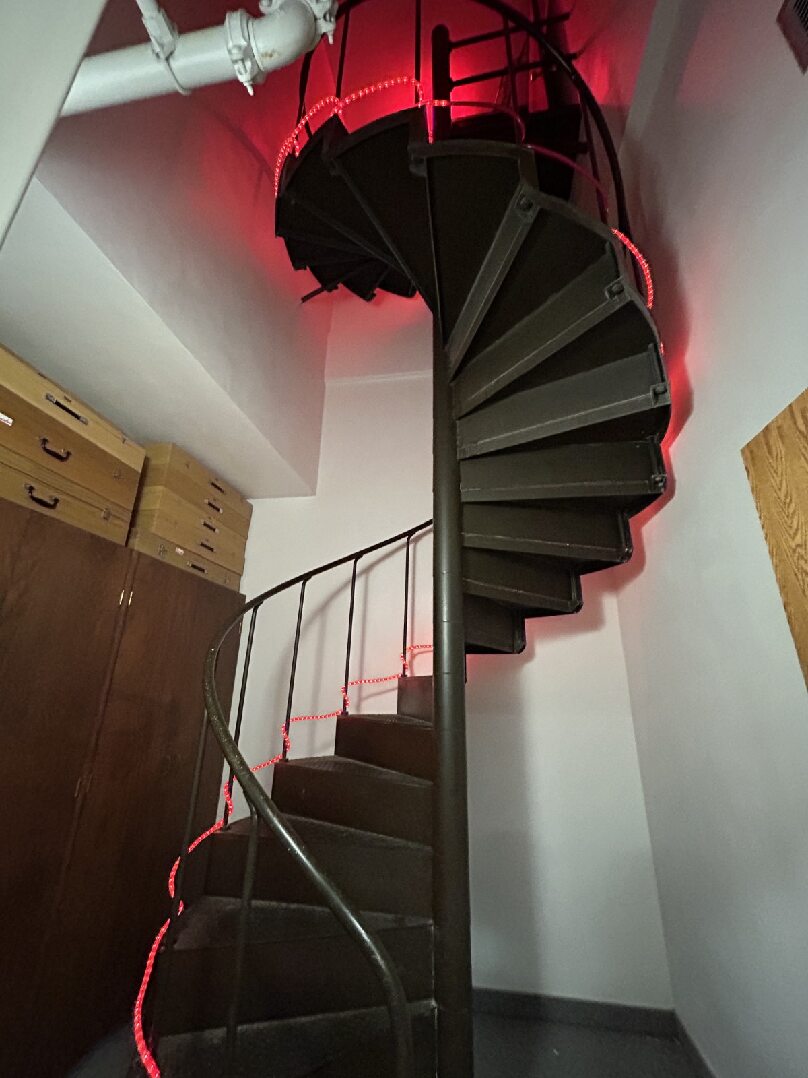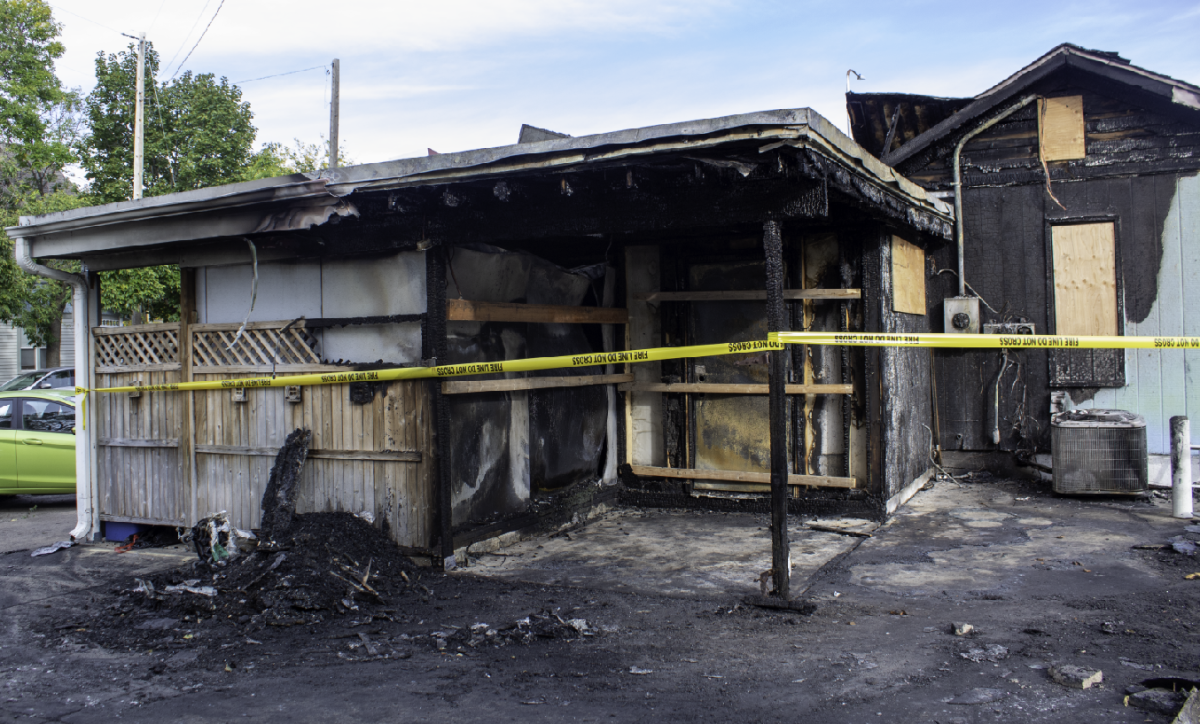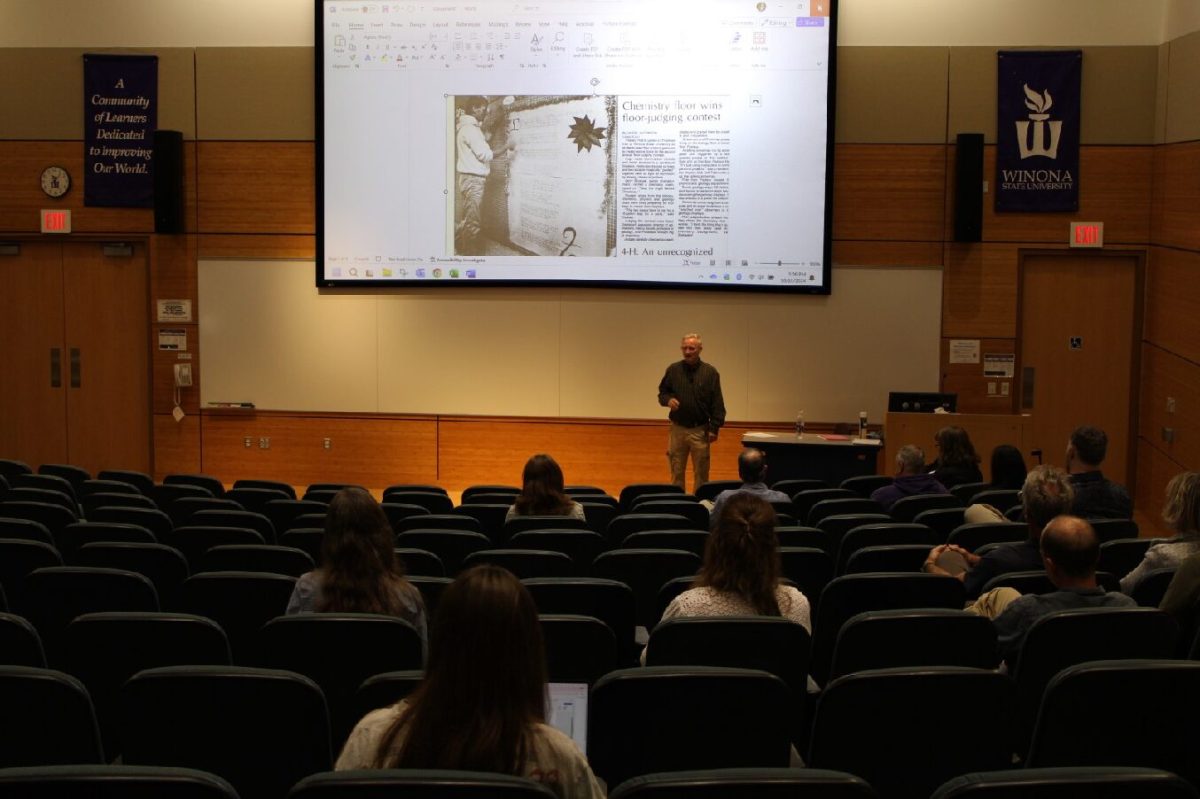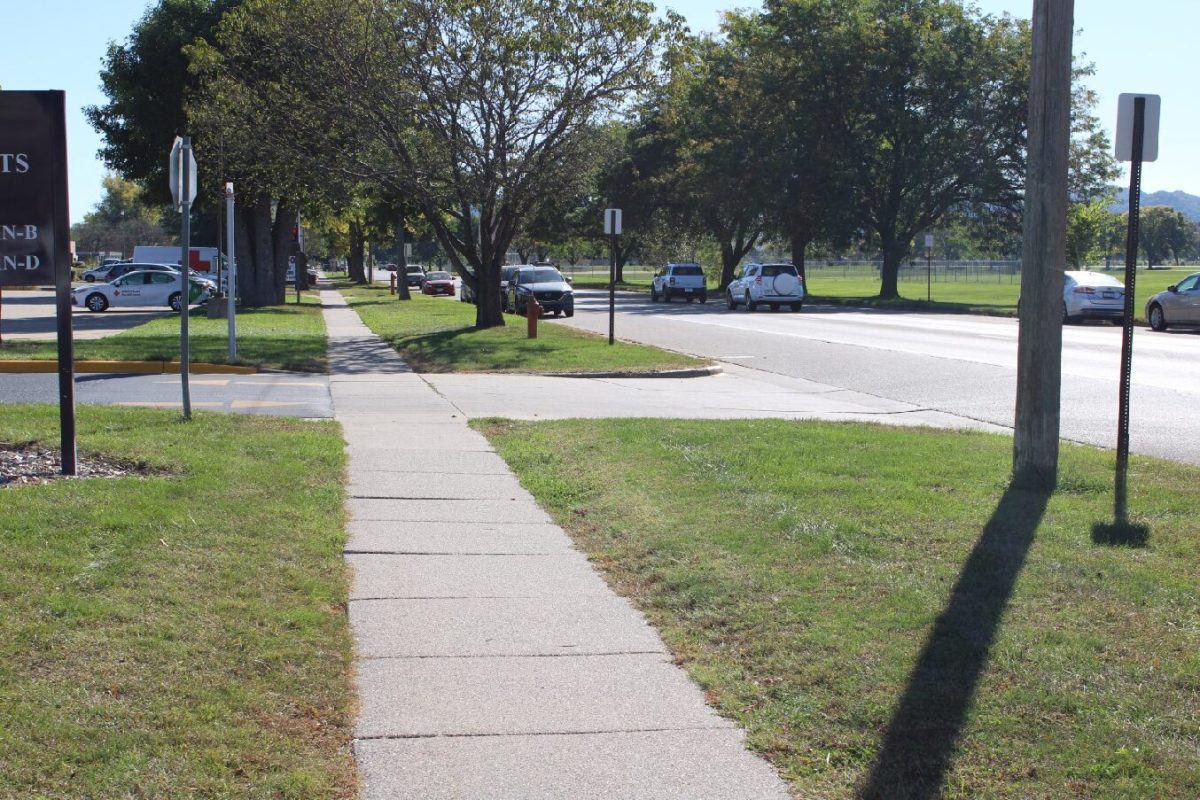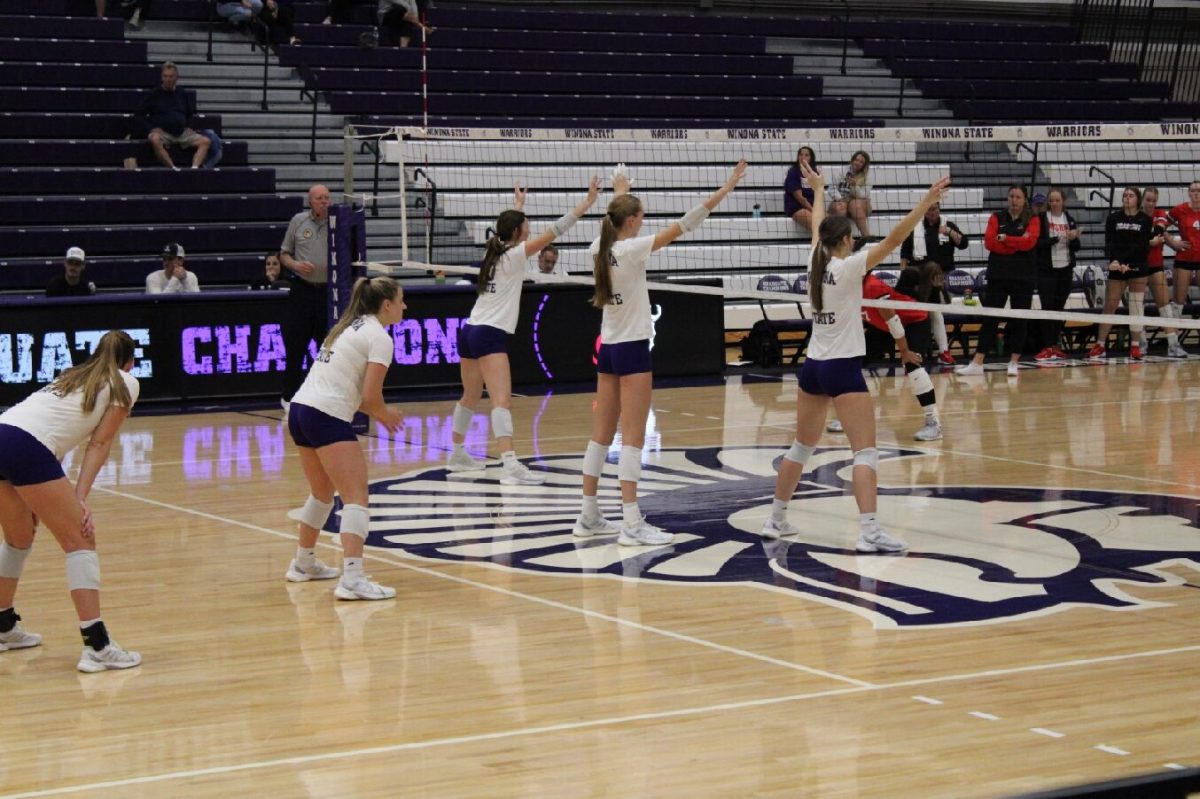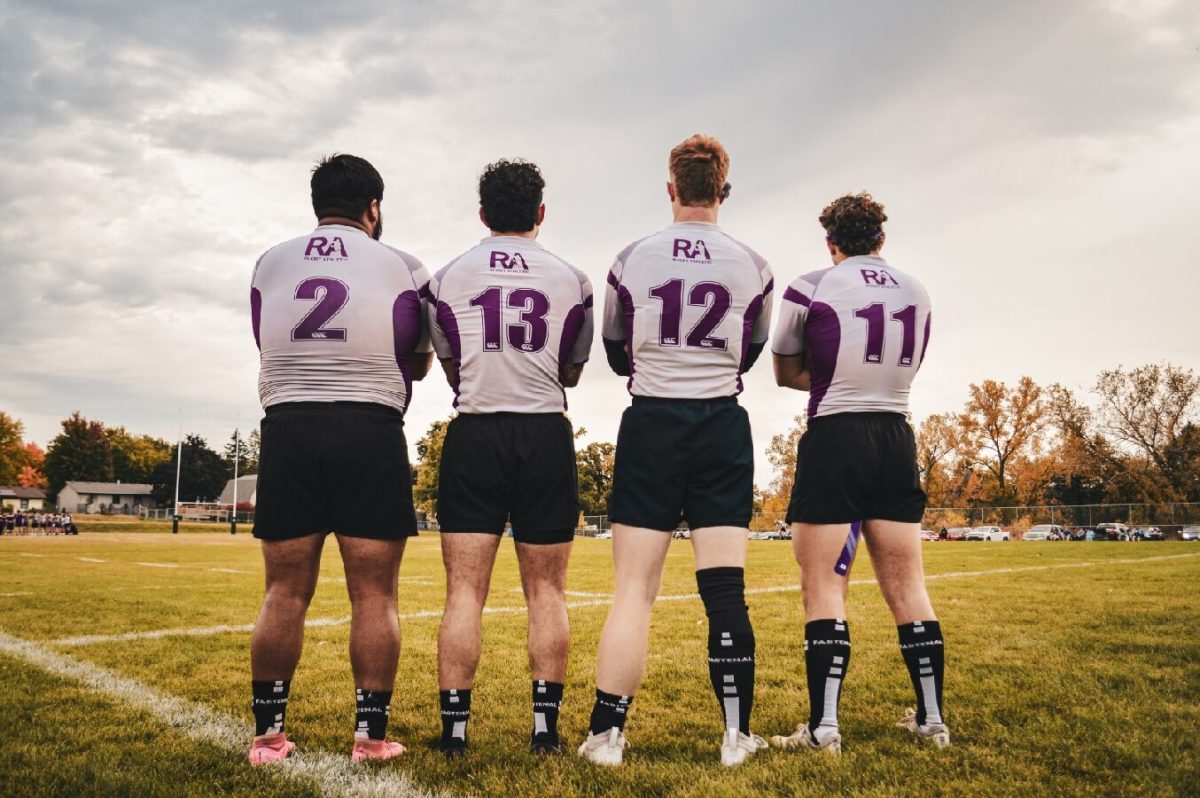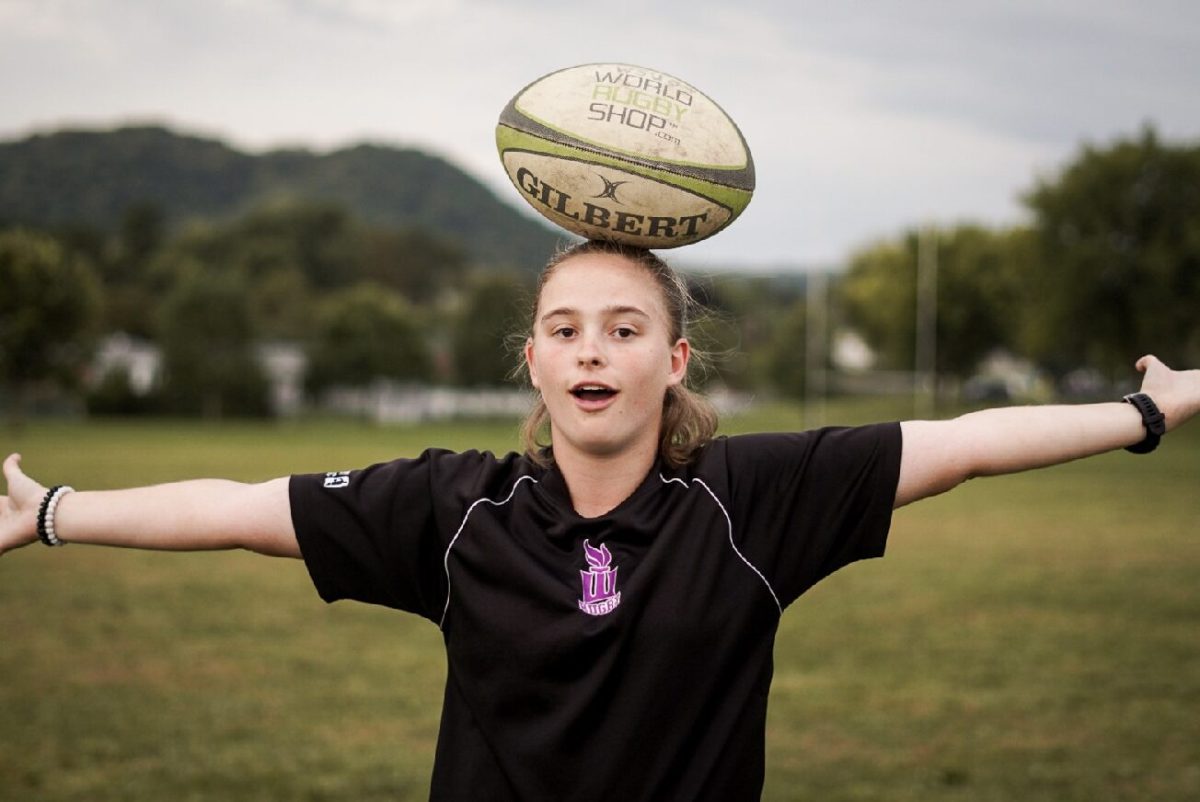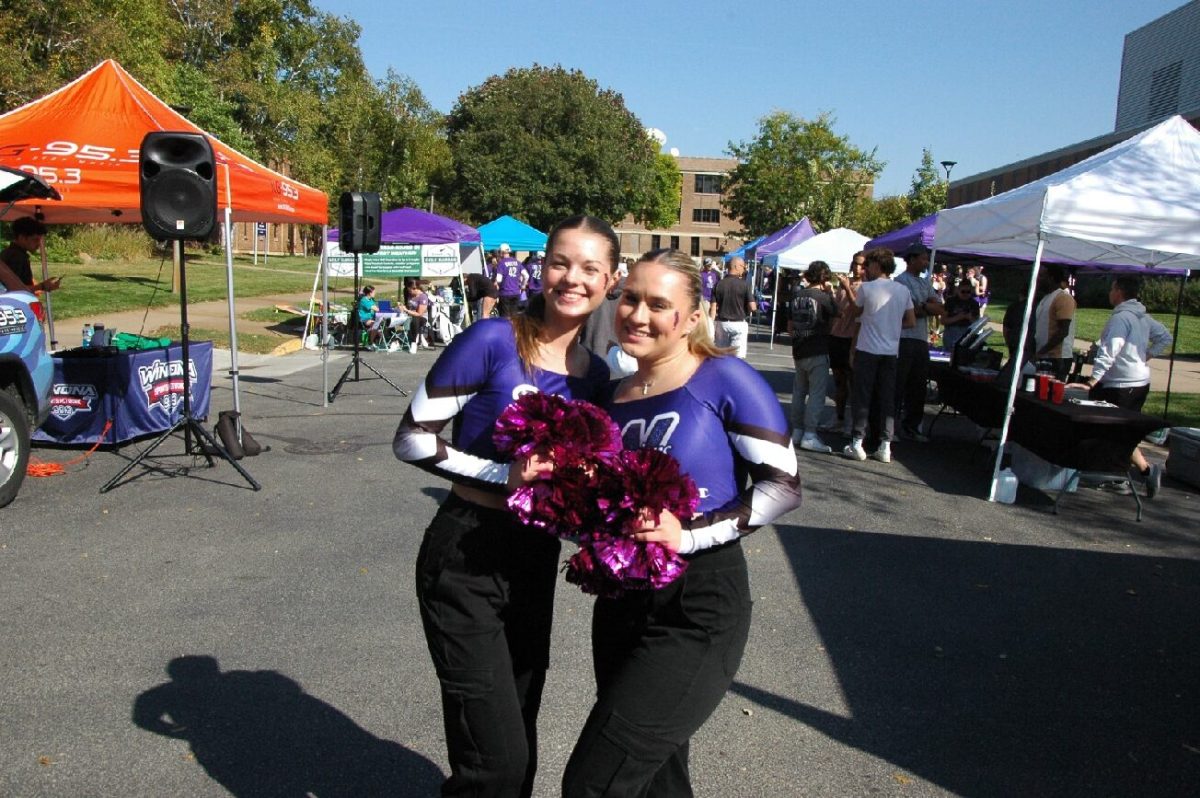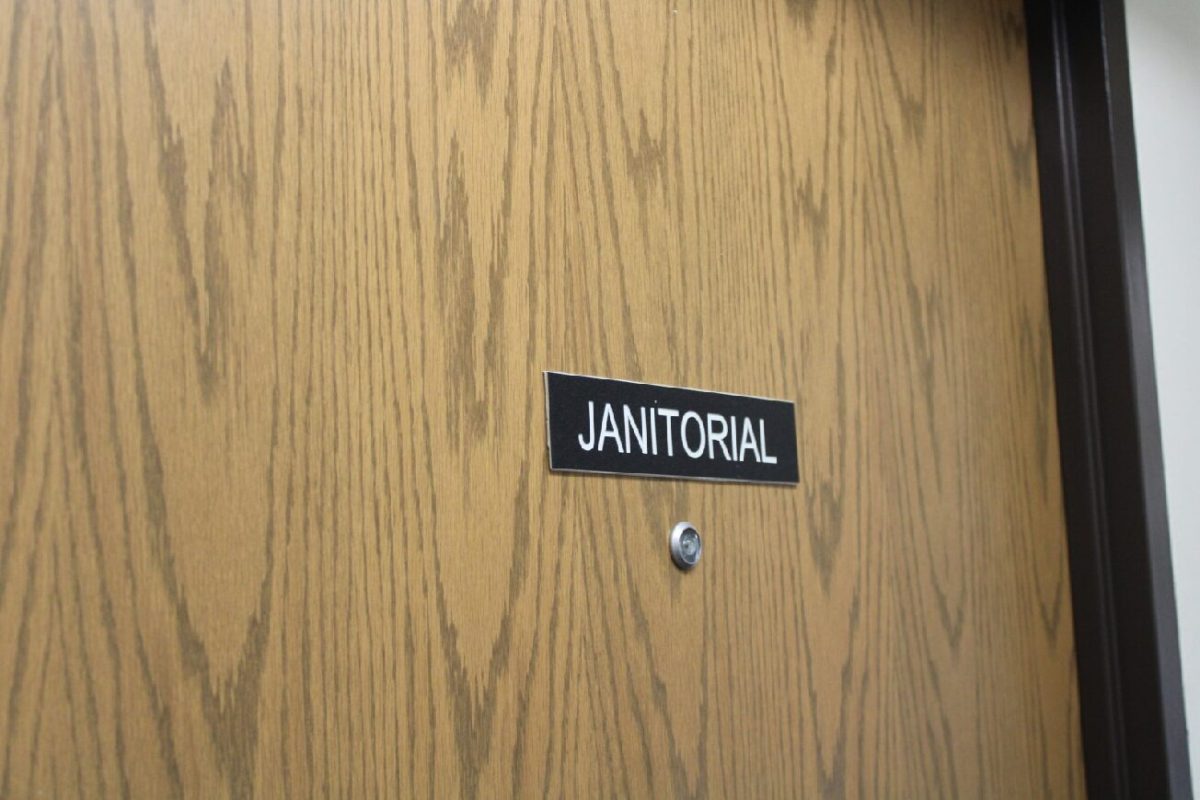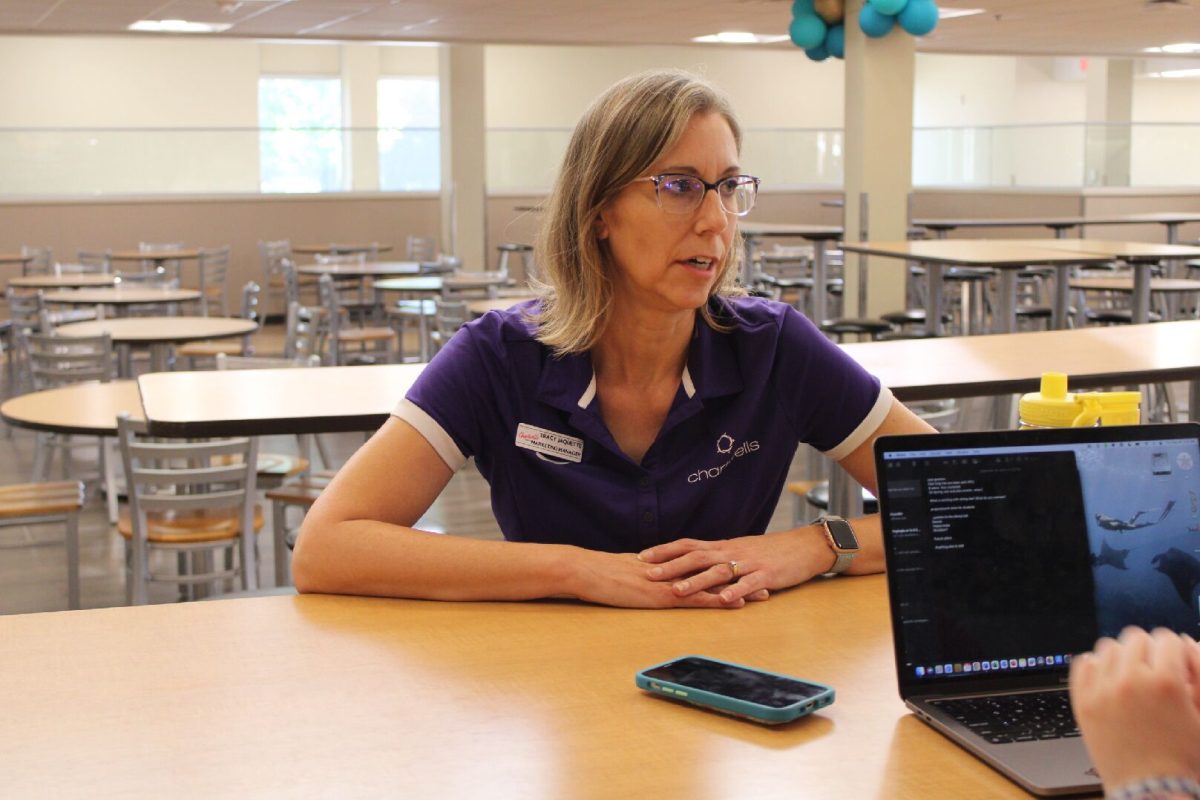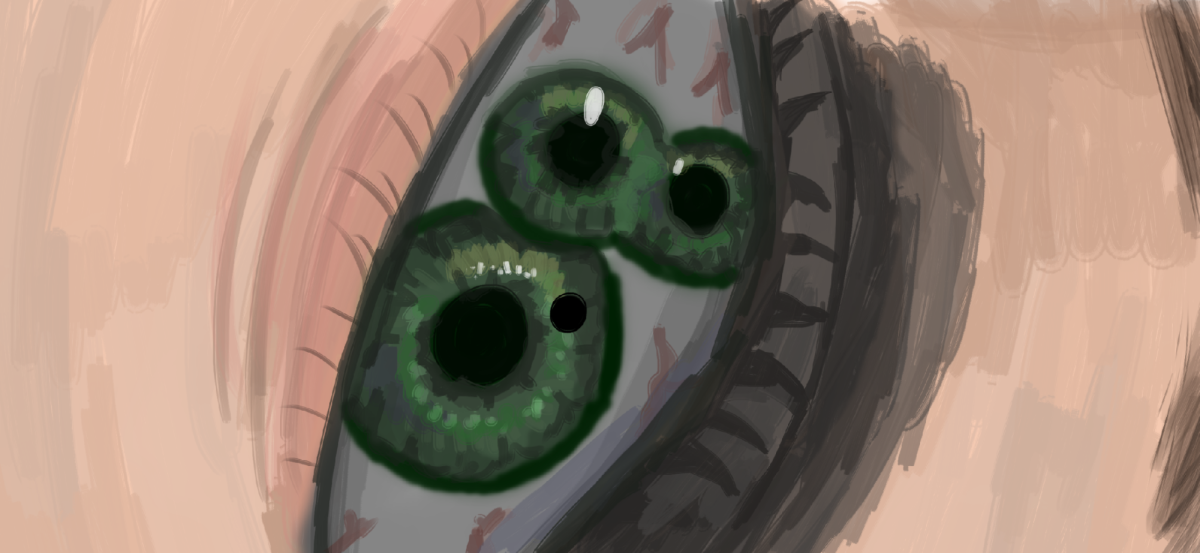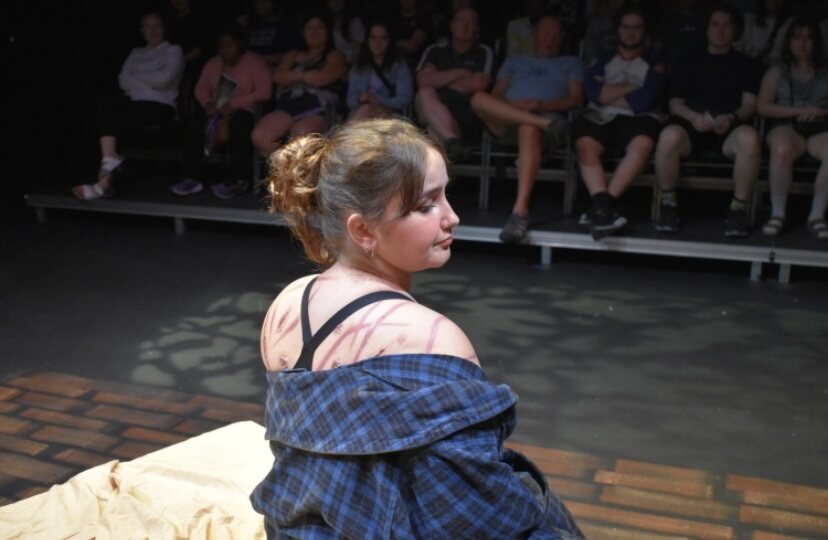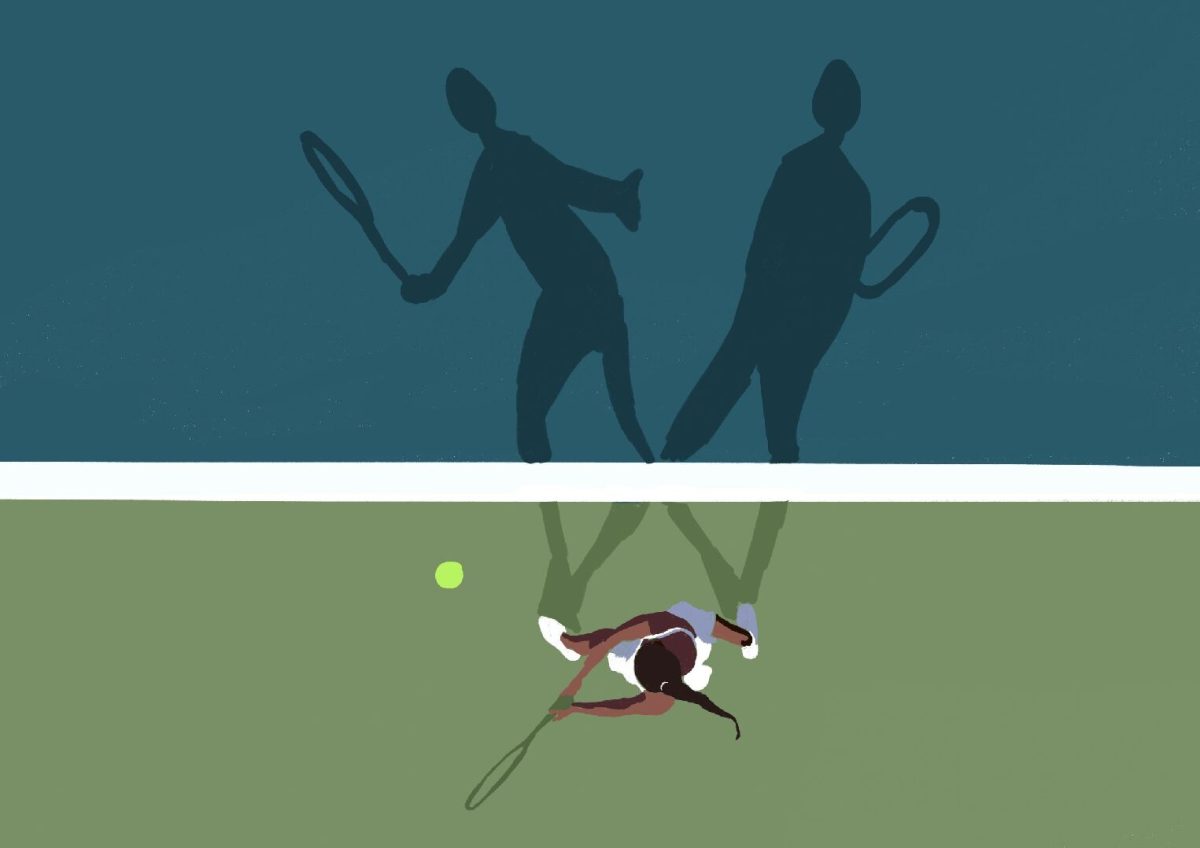WSU talks campus safety levels

October 7, 2020
Winona State University has implemented the Campus Safety Levels system at the start of the fall semester.
All Minnesota state colleges and universities have the same campus safety levels.
Vice president for enrollment management and student life, Denise McDowell, said that the levels were created with the help of the Minnesota Department of Health.
“The levels were actually a byproduct of something the system office created in conversation with the Minnesota Department of Health, with local health officials and then they provided a guidance to the campus in reference to the levels we would be using,” McDowell said.
There are four levels in the Campus Safety Levels system: green, yellow, orange and red.
Campus safety levels are determined from the risk of transmission of COVID-19.
Winona State has been in the yellow level since campus opened at the beginning of the semester.
Each level has indicators that determine if the campus safety level will move into a lower level (green) or a higher level (orange or red).
Interim Vice President of university advancement, Andrea Northam, said that campus levels don’t change based on COVID case numbers alone.
“Each campus safety level contains a set of indicators that inform the local level of transmission,” Northam said. “Because the indicators are used in conjunction there is not a particular number of cases that alone influences the campus safety level.”
The green campus safety level is implemented once transmission levels are seen as manageable. The university will implement social distancing and contact tracing for those who test positive for COVID.
Yellow indicators include: more than 1% of campus students having been infected within a 14-day period and infection numbers continuing to rise over a 14-day period in Winona County.
When in the yellow level, the university will implement additional mitigation strategies including: cancelling events and activities and limiting gatherings to no more than 10 people.
The orange level is implemented when more than 3% of campus students have been infected within a 14-day period and a lack of adherence to mitigation strategies.
If campus reaches the orange level, the university will suspend all in-person activities, shifting to remote-only instruction and cancel all extracurricular activities.
The red level is when there is the highest risk of transmission. The indicator for this level is when additional mitigation strategies do not decrease COVID case numbers in a two-week period.
McDowell said the red level is when campus is out of control and nothing is working.
“We have no interest in going to red,” McDowell said.
The campus safety level is updated every week.
“WSU’s dashboard is updated weekly on Wednesdays by end of day, with data from the preceding Monday-Sunday reporting period that has been verified by Minnesota Department of Health, and deduplicated to provide accurate representation,” Northam said. “If this reporting reveals a change in campus safety level, the campus will be informed via official university email.”
In combination with the mitigation strategies, Northam said that human behavior is key.
“There is an element of pandemic fatigue right now—we just want this to be over. Instead we need to recommit to the five behaviors: Mask Up, Back Up, Wash Up, Check Up, Check In,” Northam said. “These daily choices by our students, employees and the greater community around us will determine where we go from here.”
McDowell said that staff and faculty have worked together to foster a supportive community.
“We have all been pushed beyond what we believe is our mental and physical capacity to reach a common good. I think if we can try and hold on to that, we’re stronger than we ever were, and we can do this together,” McDowell said.
If campus reaches the orange level, the university will suspend all in-person activities, shifting to remote-only instruction and cancel all extracurricular activities.
The red level is when there is the highest risk of transmission. The indicator for this level is when additional mitigation strategies do not decrease COVID case numbers in two-week period.
McDowell said the red level is when campus is out of control and nothing is working.
“We have no interest in going to red,” McDowell said.
The campus safety level is updated every week.
“WSU’s dashboard is updated weekly on Wednesdays by end of day, with data from the preceding Monday-Sunday reporting period that has been verified by Minnesota Department of Health, and deduplicated to provide accurate representation,” Northam said. “If this reporting reveals a change in campus safety level, the campus will be informed via official university email.”
In combination with the mitigation strategies, Northam said that human behavior is key.
“There is an element of pandemic fatigue right now—we just want this to be over. Instead we need to recommit to the five behaviors: Mask Up, Back Up, Wash Up, Check Up, Check In,” Northam said. “These daily choices by our students, employees and the greater community around us will determine where we go from here.”
McDowell said that staff and faculty have worked together to foster a supportive community.
“We have all been pushed beyond what we believe is our mental and physical capacity to reach a common good. I think if we can try and hold on to that, we’re stronger than we ever were, and we can do this together,” McDowell said.
The opinions expressed in this paper are not necessarily those of Winona State University, the Minnesota State Colleges and University system, or the Winona State University student body.

